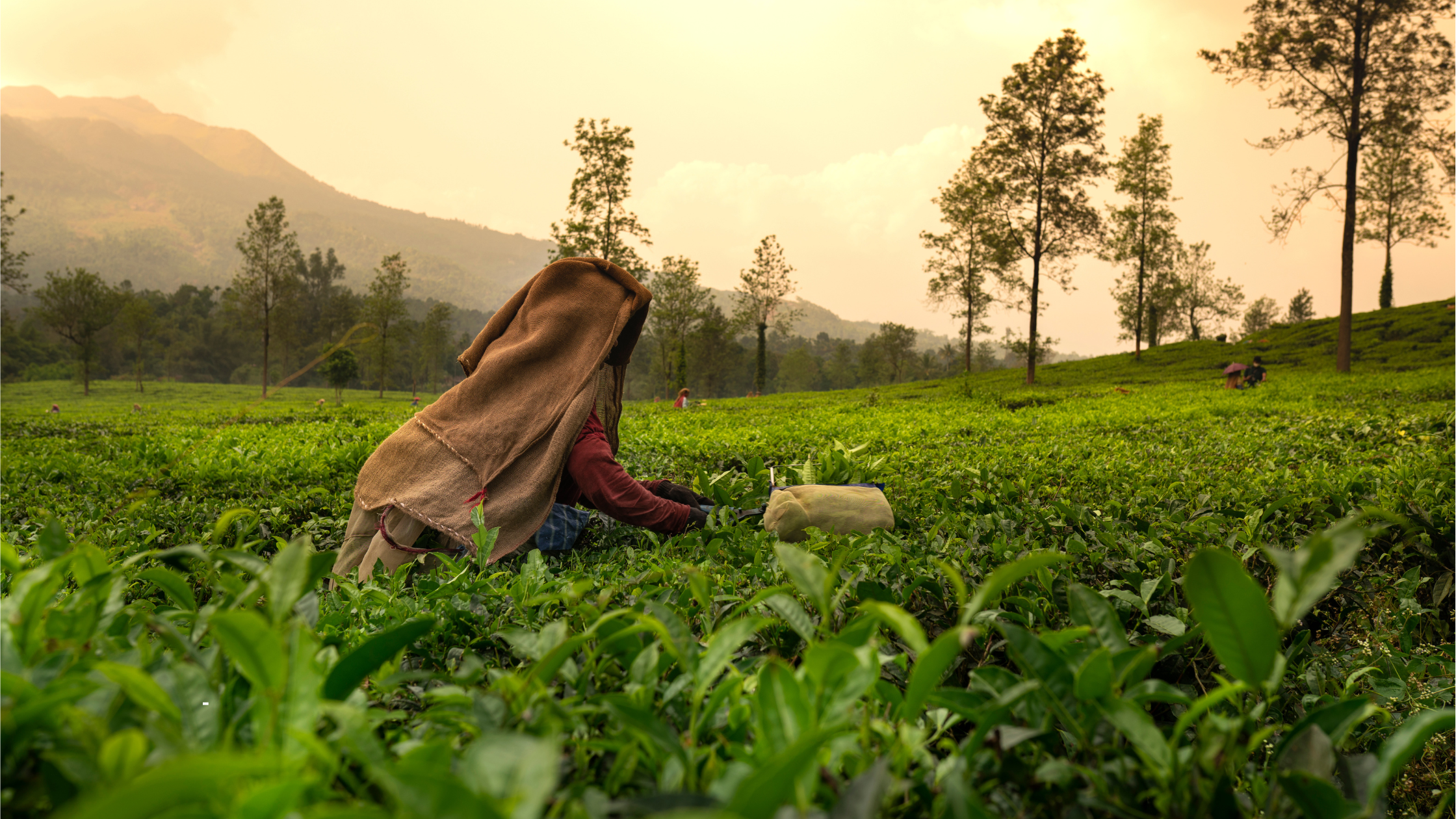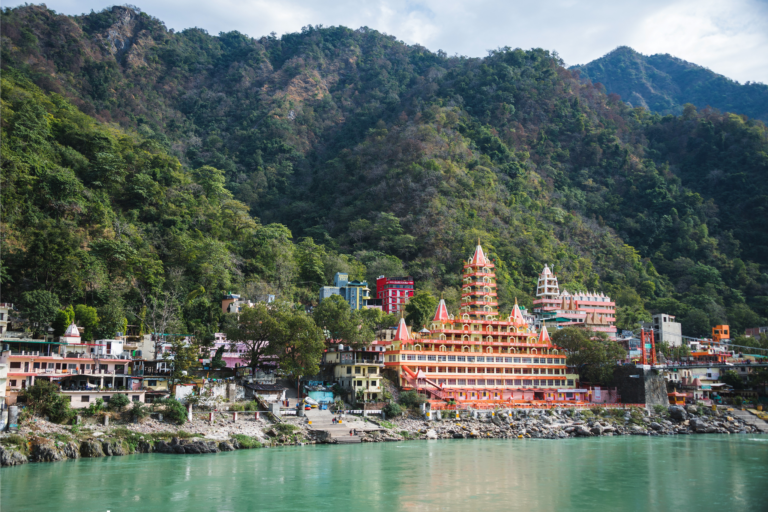India is synonymous with tea, and for Canadian tea enthusiasts, a journey through India’s tea plantations offers a captivating blend of scenic beauty, rich history, and exceptional flavors. From the lush tea gardens of Assam to the misty hills of Darjeeling, India’s tea-growing regions provide an immersive experience of the art of tea-making. Here’s a guide to India’s top tea destinations, perfect for those looking to indulge their passion for tea uniquely and unforgettably.
1. Darjeeling – The Champagne of Teas
Why Visit: Known as the “Champagne of Teas,” Darjeeling is famous worldwide for its high-quality black tea, distinct flavor, and delicate aroma. The tea produced here is highly valued and offers a light, floral taste that’s incomparable to any other variety.
What to Experience: Visit heritage tea estates such as Glenburn Tea Estate and Makaibari, where you can explore tea plantations, learn about the intricate processes of tea plucking, and sample freshly brewed Darjeeling tea. Many estates offer boutique accommodations, allowing visitors to stay amid the lush plantations and enjoy the misty mountain views.
Best Time to Visit: March to May and October to November, when the climate is pleasant, and the tea harvest is in full swing.
2. Assam – India’s Largest Tea-Producing Region
Why Visit: Assam produces strong, bold black tea, known for its malty flavor and bright color, making it ideal for chai lovers. As the largest tea-growing area in the world, Assam’s tea estates are set against the backdrop of the Brahmaputra River and lush green plains.
What to Experience: Tourists can explore the sprawling tea gardens, visit processing units, and enjoy tea-tasting sessions at estates like Mancotta Tea Estate and Jorhat Tea Company. Assam’s tea tourism also provides insights into the local Assamese culture, adding a unique layer to the experience.
Best Time to Visit: October to March, when the weather is mild, making it an ideal time to explore tea gardens and Assam’s scenic landscape.
3. Munnar, Kerala – Tea Gardens Amid the Western Ghats
Why Visit: Munnar’s tea estates are known for their scenic beauty, with neatly arranged tea plants spread over rolling hills. The region’s cool climate and rich soil produce a unique tea flavor, distinct from the teas grown in northern India.
What to Experience: The Tea Museum in Munnar is a must-visit for tea lovers, providing a historical overview of the tea industry and machinery displays from earlier tea processing days. Visitors can also tour plantations like Kolukkumalai, which is known as the highest tea estate in the world, offering mesmerizing views and organic tea-tasting experiences.
Best Time to Visit: September to May, when Munnar’s lush landscapes are at their best, perfect for exploring the scenic tea gardens and nearby attractions.
4. Nilgiri Hills, Tamil Nadu – The Blue Mountain Tea
Why Visit: Nilgiri tea, also known as the “Blue Mountain Tea,” is renowned for its aromatic, smooth, and fragrant character. The high-altitude plantations of Nilgiri in Tamil Nadu produce tea with a unique flavor, influenced by the region’s cool and misty environment.
What to Experience: Take a guided tour at the Tea Museum in Ooty, or explore plantations like Glendale and Highfield. The tea estates here offer beautiful views, and visitors can participate in tea-tasting sessions and learn about the traditional techniques used in Nilgiri tea production.
Best Time to Visit: October to March, when the temperature is cool and comfortable for touring the picturesque plantations.
5. Kangra Valley, Himachal Pradesh – The Green Tea Paradise
Why Visit: Known for its delicate green and white teas, Kangra Valley in Himachal Pradesh is a hidden gem for tea lovers looking for something different. The valley’s serene atmosphere and panoramic views make it a peaceful retreat for tea enthusiasts.
What to Experience: Visit tea estates like Wah Tea Estate to understand the unique processing of Kangra tea, which involves hand-rolling techniques to preserve the flavors. The estates often provide tea-tasting sessions, where you can savor the fresh, grassy flavors of Kangra green tea.
Best Time to Visit: March to June and September to November, ideal for experiencing the pleasant mountain climate and exploring the valley’s tea gardens.
6. Wayanad, Kerala – Eco-Friendly Tea Experiences
Why Visit: Wayanad is home to organic tea plantations and sustainable farming practices, attracting eco-conscious travelers. Known for its spice plantations as well, Wayanad offers an immersive experience of Kerala’s rich agricultural heritage.
What to Experience: Many tea estates in Wayanad focus on organic and eco-friendly practices, allowing visitors to experience sustainable tea production firsthand. Estate tours here often include visits to spice gardens, giving you a complete flavor profile of the region.
Best Time to Visit: October to May, when the climate is cooler and ideal for exploring both tea and spice plantations in the region.
Tips for Canadian Tourists Visiting India’s Tea Plantations
- Book a Tea Estate Stay: Many tea estates offer charming accommodations, allowing you to stay close to nature while enjoying tea-focused activities and breathtaking views.
- Learn from Local Tea Experts: Tea-tasting sessions and guided tours led by local experts provide a deeper understanding of the tea-making process and regional flavors.
- Pack for Varied Weather: The weather in tea plantation regions can vary; pack layers to stay comfortable.
- Respect Local Customs: Each tea-growing region has unique customs and traditions; respect local practices, especially during estate tours.
- Combine with Sightseeing: India’s tea plantations are often located near other tourist attractions. Plan your trip to include nearby temples, wildlife sanctuaries, and local markets.
Why India’s Tea Plantations Should Be on Your Travel List
For Canadian travelers, visiting India’s tea plantations offers more than just tea-tasting; it’s a cultural journey that unveils the history, traditions, and landscapes that make each tea region unique. With opportunities to stay at picturesque estates, learn from seasoned tea experts, and immerse yourself in the serene beauty of tea-covered hills, a tea tour in India promises an unforgettable experience that blends relaxation with exploration.
India’s tea-growing regions, from Assam’s vast plains to Munnar’s misty mountains, each offer a distinctive flavor and experience. Whether you’re a tea connoisseur or a curious traveler, these destinations provide a delightful escape into the world of tea. So, pack your bags and get ready to sip your way through India’s best tea destinations!






